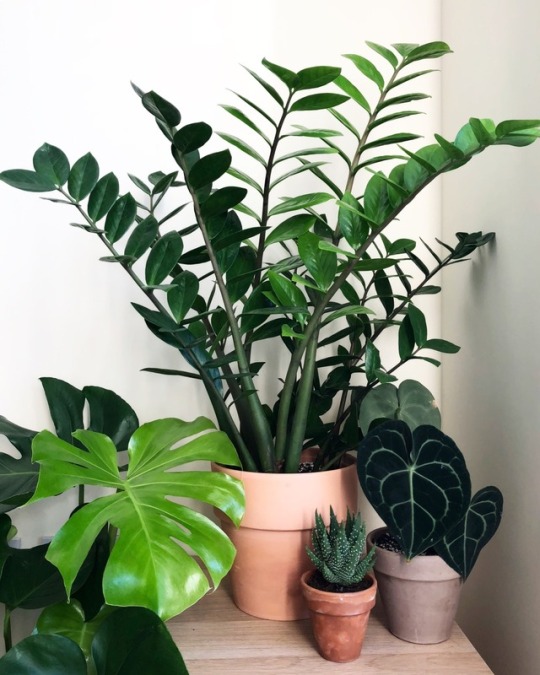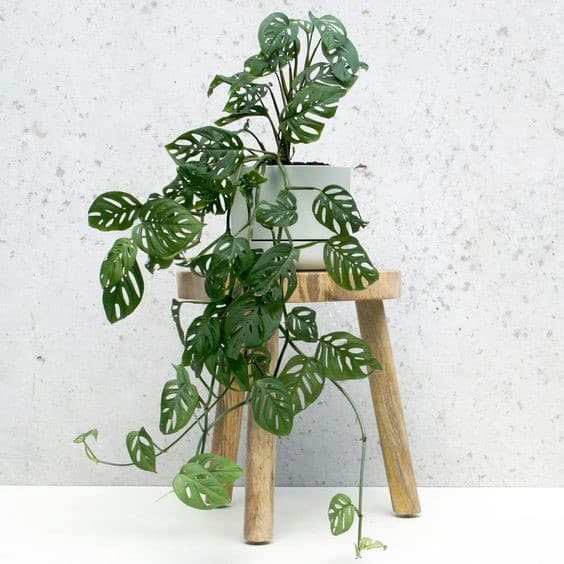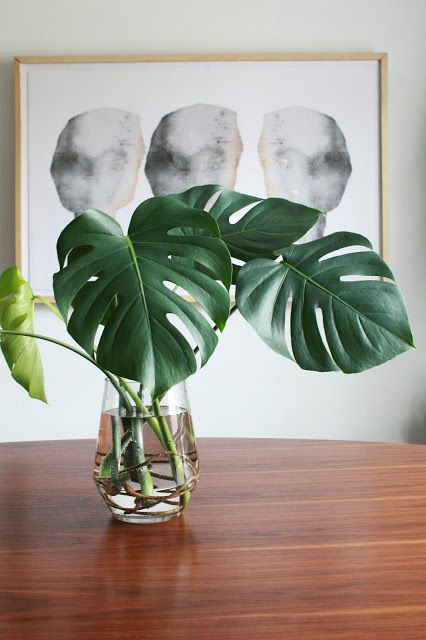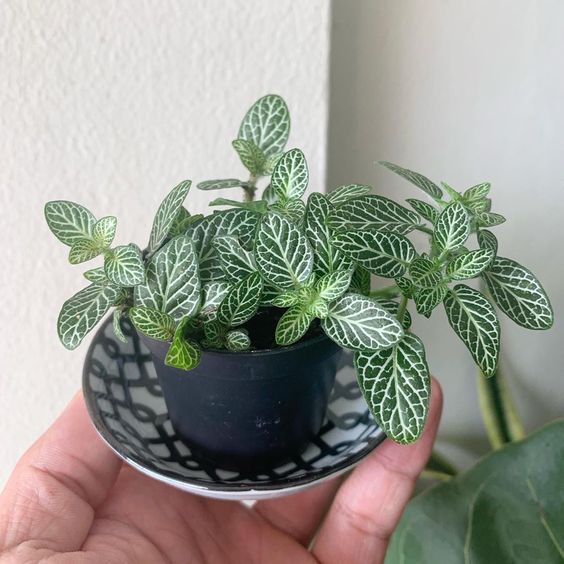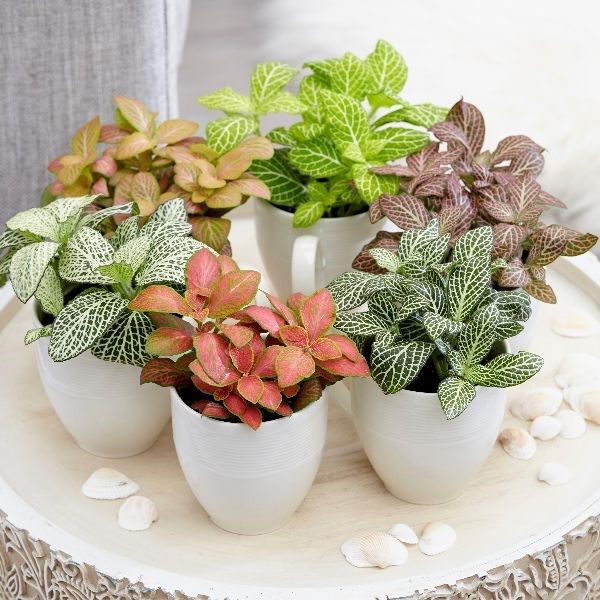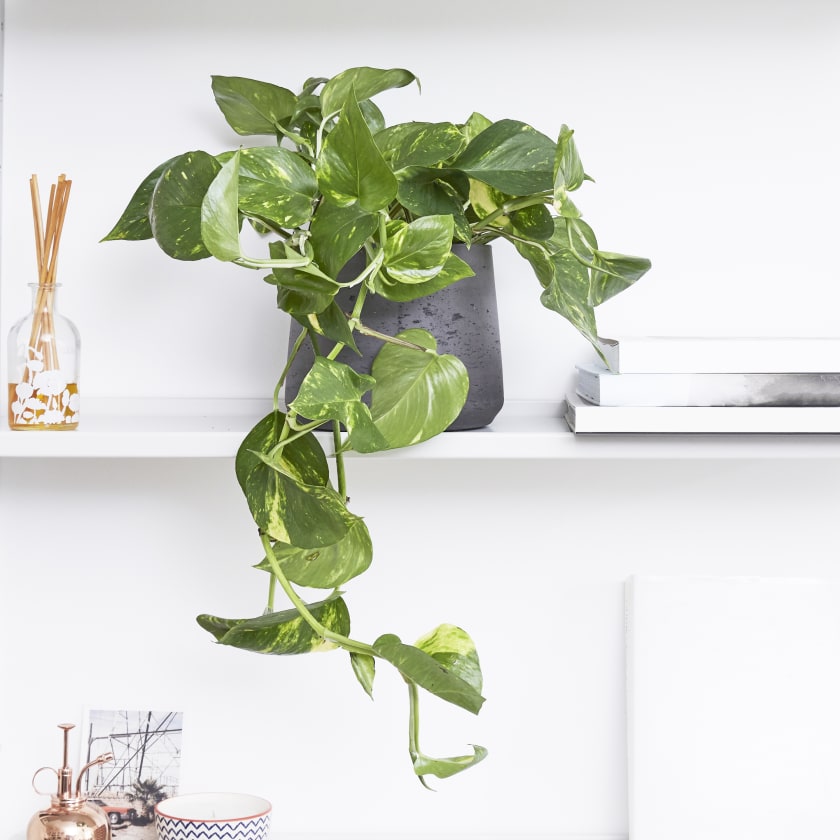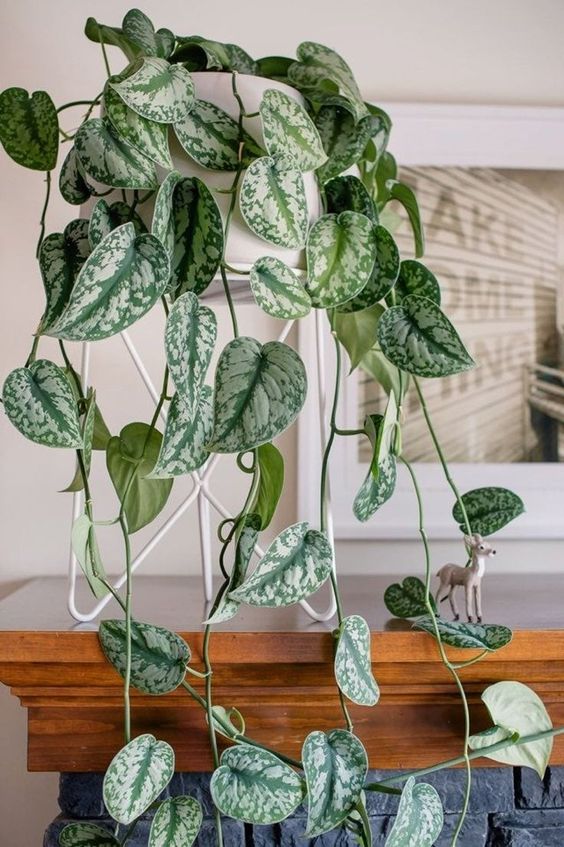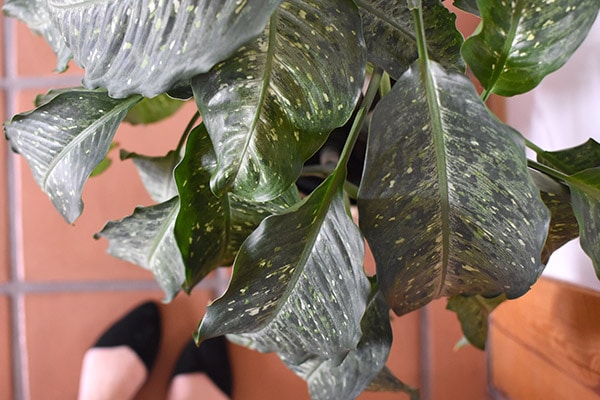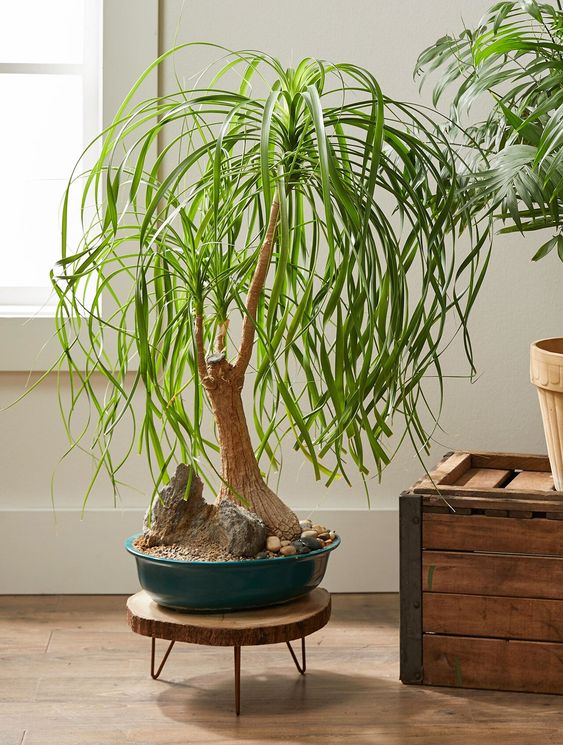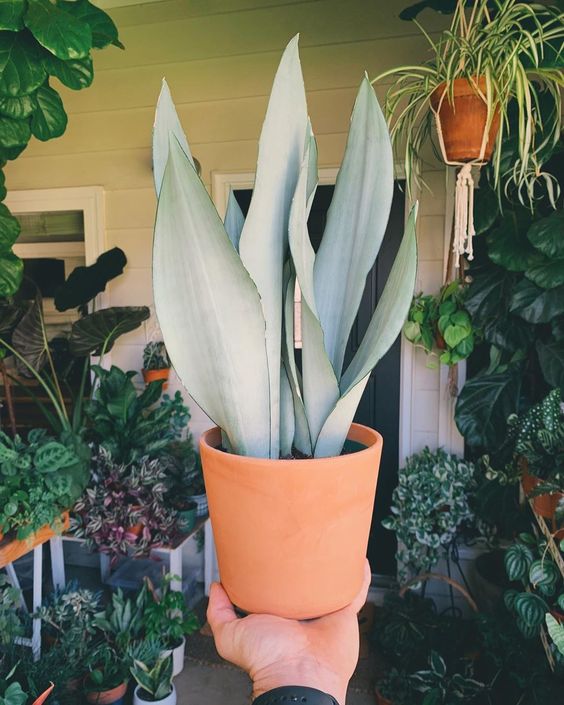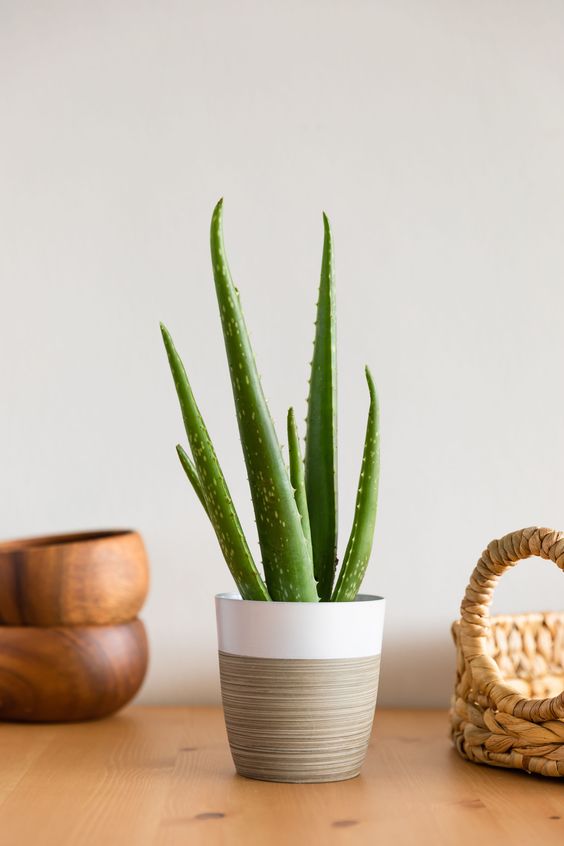9 Easy Plants That Every Beginner Can Grow In Malaysian Weather
Tips on how to keep them alive and happy!
Want to spruce up your home with houseplants but scared of killing them?
Or are you tired of wondering why your plants always end up looking sad and shrivelled?
If you can relate to any of the statements above, this article is for you.
Here's a list of low-maintenance plants that are good for those who don't want to put in too much effort but still want to make sure their plants are alive and happy:
1. Zamioculcas zamiifolia (ZZ)
ZZ plants are one of the popular plant influencers of social media and it's not hard to see why.
Their dark, shiny leaves are attractive for homes and offices. The best part is that they're great for plant beginners or busy people because they're relatively easy to look after.
CARE TIPS
- ZZ plants do not require any special soil. Just the regular potting soil will do.
- Make sure the pot has a hole at the bottom for proper drainage. Without this, the plant can die if the roots wallow in water.
- They can be placed in low to bright indirect light and won't throw a fit. However, if you see the stems leaning towards a brighter side of the room, it probably needs more light.
- Stick your finger or satay stick into one inch of the soil, if the soil gets stuck to it, don't water it yet. If there is no soil stuck to your finger/satay stick, then water it.
A ZZ plant placed in indirect sunlight will always produce new shoots. On the other hand, if it doesn't get much light, it will grow slower but still survive. Moving it periodically around the house or office will enhance its growth!
Take note that underwatering a ZZ plant is ALWAYS better than overwatering.
2. Monstera or Swiss cheese
There are many species of Monstera, also popularly known as Swiss cheese plants. The little holes on its leaves look similar to Swiss cheese which explains how it got its name.
Two of the more common types is the Monstera Adansonii and Monstera Deliciosa.
CARE TIPS
- It should only be watered when the first few top inches of soil is completely dry. Although the top layer looks dry, stick your finger into the soil to check if there is moisture. If there is, do not water it. Remember, too little watering is always safer than too much water!
- It enjoys a combination of bright, indirect sunlight, and shade. Avoid placing it near air-conditioning systems.
- It likes humidity so take note of this if you use air-conditioning and the air is too dry. If the plant is in a room with an aircon on all day, you can occasionally use a misting spray to spritz its leaves with water.
One plant lover shared with SAYS that she let her Monstera Adansonii grow in water for a year on her kitchen ledge without any soil. She'd only change the water whenever she remembers to - and the plant thrived!
But if you have mosquitoes in your house, you'll need to change the water more regularly or use the soil method.
3. Fittonia
Fittonia, also known as Nerve plant, gets its name from the tiny vein-like patterns on its leaves. Although the most popular vein colour is a silvery-white, it also comes in a variety of other colours like pink, green, or yellow.
Some might call this a pretty dramatic plant. As with most dramatic things, as long as you know what it likes, it can be easy to satisfy.
CARE TIPS
- It loves humidity but do not place in direct sunlight because it can suffer from leaf burn. It prefers bright but indirect sunlight.
- Ensure that it has a hole underneath the pot for proper drainage.
- Knowing when to water a Fittonia is really easy. Once it starts looking slightly droopy and sad, it's time to water it. And it'll perk up quite quickly!
- Take note that if it starts to have yellow leaves, it means you're using too much water.
4. Philodendron
There are many philodendron species - 400 types if you're counting. Two main varieties are vines and non-climbing types.
Vine varieties usually need a structure or hanging basket to support it. They are great indoor plants, with the occasional outdoor shade.
CARE TIPS
- Philodendrons need bright, indirect sunlight but if it starts to turn yellow, you might be giving it too much sunlight.
- It loves humidity. The sweetheart plant type in particular survives best indoors.
- Allow the first inch of soil to become dry before watering it each time.
5. Devil's Ivy or golden pothos
Although similar looking to philodendron, golden pothos or Devil's Ivy often have gold, yellow, or white markings with larger, waxy leaves.
CARE TIPS
- While pothos loves bright, indirect light, they can also survive in areas that do not get much sunlight. This makes them great plants for office spaces and windowless rooms - as long as they have some kind of light, including fluorescent lighting, they can survive.
- It loves humidity but can still thrive in areas with low humidity like air-conditioned rooms.
- Pothos plants love completely dried out soil before being watered. Otherwise, their roots will rot if the soil is constantly damp.
6. Dieffenbachia or Dumb canes
Dieffenbachia is a large plant that has bright green leaves with white or cream splotches.
Some varieties can grow quite big so be sure to have enough space for them!
CARE TIPS
- It prefers bright, indirect sunlight. However, it can survive in other lighting conditions.
- It likes moist but not soggy soil. So, only water it when the top inch of soil feels dry.
- If its leaves turn yellow, it could be either due to not enough light, the soil is too dry, overwatered and dying, or it is placed near an air-conditioning vent.
7. Ponytail palm (Elephant's foot)
The Ponytail palm is a cute, cheery statement to add to your home - perfect for a windowsill or apartment balcony that gets plenty of sunlight.
CARE TIPS
- It prefers full or indirect sunlight. It can tolerate lower sunlight but will grow slower.
- Let the soil completely dry out between waterings. The plant stores water in its onion-shaped bulbous base (caudex) as well as the trunk (stem). So overwatering can cause them to rot.
- Like most houseplants, never let it sit in water, so make sure the pot that it's in has proper drainage.
8. Sansevieria
Another popular sturdy plant is the Sansevieria, which comes in different colours and patterns. It's also really versatile and can thrive in almost any environment, whether it's in the toilet, office, or home.
CARE TIPS
- Sansevieria prefers natural light but it can still grow at a slower rate in low lighting.
- Always make sure the soil is completely dry before watering. Under any circumstance, do not overwater these plants or they'll rot and you'll need need to re-pot it and replace its soil.
Just a sidenote, if you bought one of the light coloured species (e.g. Sansevieria moonshine), do note that it will require more light than the rest.
9. Aloe
You probably recognise Aloe vera as one of the healing remedies when you fell down and had a bruise as a kid. However, there are plenty of other Aloe varieties under the species.
CARE TIPS
- It prefers bright, sunny areas. But it can also survive in shaded spots.
- The plant is considered a succulent, which similar to cacti, prefers dry conditions. Make sure it's placed in a pot with plenty of drainage holes because it hates to be in standing water.
- A common mistake in caring for aloe is overwatering and not providing proper drainage. Only water it when the soil is completely dry.
Treat an aloe right and it will love you for life!


